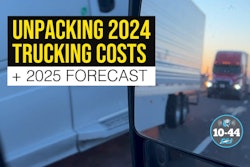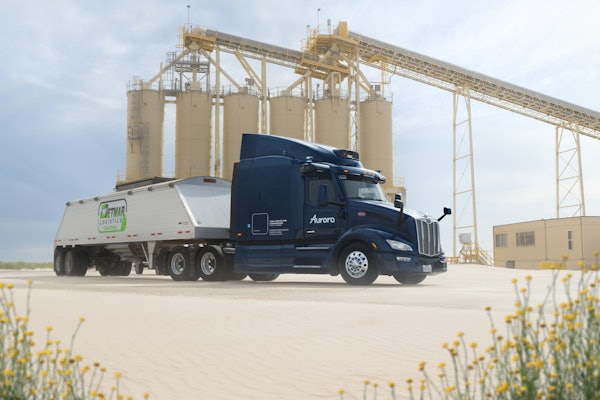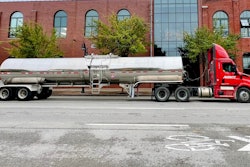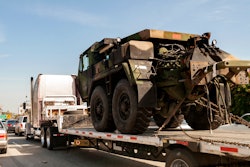Elevated costs of new equipment, economic uncertainty, and budget limitations are some of the biggest challenges facing modern supply chains, according to a recent survey.
The survey, which polled Mitsubishi HC Capital America clients in transportation and construction industries this year, sought to highlight how organizations are adjusting operations and financing approaches amid market uncertainty.
Evolving policies and the growing influence of tariffs are beginning to reshape operational dynamics, according to the report. In response, companies are adopting a range of strategies. Some foresee minimal changes to their equipment needs, while others plan to replace outdated assets or revise operational models to better manage mounting economic uncertainty.
Rising equipment costs
Half of respondents identified the transportation and logistics sector as industries most in need of modernization. Specific challenges that respondents mentioned included “instability in transportation” and concerns about “transportation rates and fuel costs.”
Rising transportation costs and unpredictable market conditions are making it difficult for many organizations to upgrade, especially when attempting to integrate new technologies into legacy infrastructure – a difficulty cited by 90% of respondents.
Survey respondents reported widespread increases in equipment costs, with 74% noting price hikes over the past year. Nearly half of those (47%) described the increases as significant, highlighting how inflation and supply chain pressures continue to impact capital investment decisions.
According to the American Transportation Research Institute’s most recent annual Operational Costs of Trucking report, overall trucking costs remained flat at $2.260 per mile last year, primarily due to a decrease in fuel prices.
However, the cost of truck and trailer payments rose sharply, up 8.3% to a record $0.39 per mile, posing a significant financial burden for carriers still grappling with the ongoing freight downturn.
[RELATED: Trucking industry faces mixed signals as tariffs, soft freight, and surplus trucks cloud outlook]
Financing options
To address rising equipment costs constraints, the report said businesses are increasingly leaning on various financing options. A notable 90% say they’re likely to use financing to acquire new equipment, a move that helps relieve immediate budget pressure while supporting long-term investment goals. Of these, 68% favor long-term, low payment plans to align with broader strategic planning, particularly as 48% report that high equipment costs are the biggest barrier to modernization.
The report also exposes a disconnect between how companies currently finance equipment and what they actually want. While 74% rely on traditional bank loans, a strong preference exists for more adaptable, long-term financing structures.
“(This) indicates a significant opportunity for alternative options that better align with today’s economic realities,” the report said. “This is particularly relevant as businesses balance immediate cost pressures with long-term modernization needs.”
When it comes to equipment investment, activity remains robust. Forty-seven percent of organizations reported making equipment purchases in the past year, while another 41% had done so within the past one to three years. “(This) demonstrated continued investment despite economic challenges,” the report said.
[RELATED: Leasing vs. buying: key financial and maintenance factors]
Cautious optimism
Despite the hurdles, organizations remain optimistic about their progress, with 70% of respondents noting they are “on track” with their modernization initiatives despite acknowledging ongoing challenges. To stay current, 37% of businesses assess their technology needs on an annual basis.
Business pipelines appear relatively healthy, with 69% of respondents reporting either stable or increasing project and revenue flows. Looking ahead, 44% expect their pipelines to grow further over the next six months.













